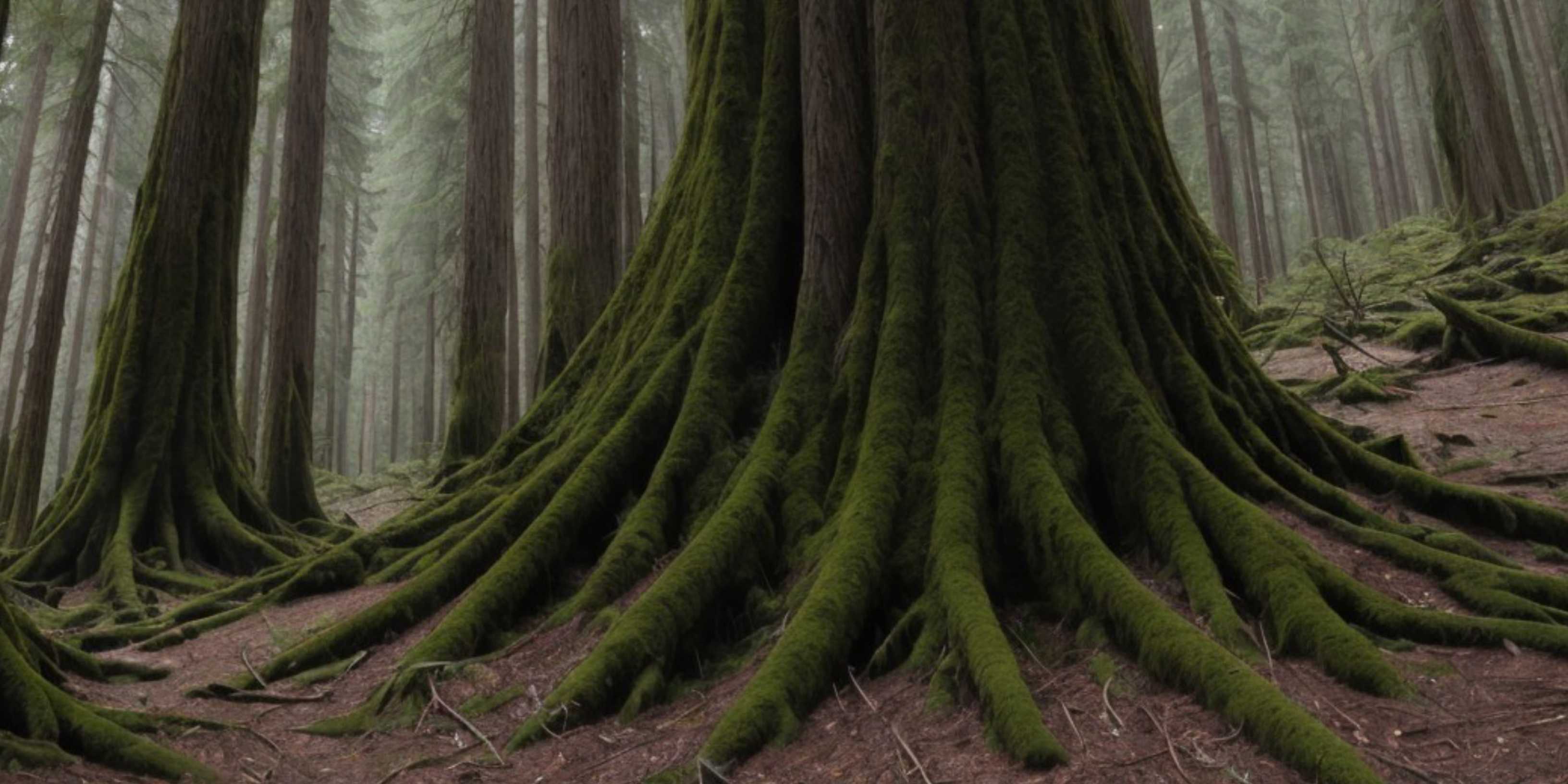Why It’s the Future of the Planet
Forest Preservation has emerged as one of the most serious concerns in our times, with the world constantly changing. Forests are termed the “lungs of the Earth” since they maintain ecological balance, sustain biodiversity, and fight global warming. In a world where deforestation is alarmingly increasing, it is high time we realize the significance of preserving forests for future generations.
We will discover in this blog why forest preservation is such an important matter, which threats imperil forests, and how we can help save this invaluable ecosystem.
The Importance of Forests
Forests are vast green spaces and complex ecosystems that provide a host of environmental, economic, and social benefits, given their importance in preserving the multiple ecosystem services they provide.
Biodiversity Support
Over 80 percent of the world’s terrestrial species are found in forests. Since many animals and plants over there are unknown, this preservation helps those species exist and retain the natural balance they represent.
Carbon Capture
This reduces the level of carbon dioxide in the air through carbon sequestration because it stores its carbon in its biomass. With the preservation of forests, stored carbon in trees is locked inside the trees, meaning they are not released into the atmosphere to accelerate global warming.
Water Control
Forests control the water cycle. They prevent soil erosion, manage floodwaters, and filter pollutants to maintain water quality. Preserving forests ensures communities and ecosystems get clean water for their needs.
Economic Facilities
For instance, from drugs to timber, various industries rely on forests for resources. However, with economic dependence comes the verdict that these economies are unsustainable if the forests are not managed properly. Preserving forests through developing sustainable models provides an opportunity for financial benefits while saving these ecosystems.
The threats to forests
Despite all the advantages of forests, they remain vulnerable to a constant threat. Therefore, forest lands are destroyed by agricultural activities, logging, urbanization, and mining. Illegal logging operations and management failures further aggravate the situation.
Agricultural Development
The more people on earth, the more need for agricultural land. Forests give way to crop production, cattle grazing, or plantations. This severely impacts habitats and the balance of regional ecosystems. For instance, mass tropical deforestation has been attributed to large-scale palm oil plantations, threatening wildlife habitats and indigenous communities.
Illegal Logging
Illegal logging is mainly a commercial activity that has dramatically increased the cases of deforestation. The practices are against some laws and regulations that safeguard forests and conservations. In most places around the world, illegal logging has become a multibillion-dollar business run with reckless disregard for the future implications of cutting down protected trees.
Climate Change
Ironically, the biggest threat to forests from climate change is the risk of climate change itself. With temperatures rising and rainfall patterns shifting, droughts, wildfires, or pest infestations can quickly destroy entire forests. In this way, extreme weather can kill trees or break a forest’s growth, so it takes much longer for an ecosystem to recover.
How we can contribute to forest preservation
While forest preservation is gigantic, there are a million ways that individuals, communities, and governments can assist. However, Only by acting now will we ensure that forests continue to thrive for generations.
Support Sustainable Activities Yet another healthy conservation approach that can be taken to save forests is through sustainable forestry activities. Sustainable forestry ensures using forests responsibly with minimal or insignificant environmental damage. The best alternative would be to choose products certified by the Forest Stewardship Council, such that timber and paper products from sustainable forests are obtained. When consumers make conscious choices, a powerful message about responsible care for forests is received.
Minimize paper usage
Demand for paper products is one of the significant contributors to deforestation. In such a scenario, reducing paper consumption, recycling, and using digital alternatives as and when required can help relieve pressure on forests. Businesses and individuals can move towards paperless communication and adopt technologies that reduce the need for print materials. This would promote forest preservation and help increase efficiency and sustainability in our day-to-day lives.
Donate or volunteer to conservation organizations.
Many organizations dedicated to forest conservation operate solely with the help of donations and volunteers. So, if you give or volunteer, you support services like reforestation and forest protection. Whether donating money to NGOs in your locality or planting trees, your effort would make a difference.
Advocate for stronger environmental policies.
The government has a role in preserving forests by developing policies and enforcing laws to protect forests and regulate land use. Stronger environmental policies can be advocated for and maintained for sustainable development to bring about change on a larger scale regarding the preservation of forests. Activism on both local and global levels can push governments and corporations to channel their efforts toward forest preservation.
Participate in Reforestation Projects
Planting trees is probably the most straightforward act that demonstrates support for preserving the forest. Many institutions allow individuals to plant trees and regenerate desecrated land. Reforestation projects can be seen as one way to reverse deforestation’s harm. You may consider local tree-planting activities or global reforestation initiatives.
Role of Technology in Preserving the Forest Resources
Technology is also at the forefront of forest conservation. Satellite monitoring, drones, and AI have brought about more straightforward ways to monitor forest deforestation and illegal logging activities. Real-time data can be gathered through these tools to make quicker responses to threats and more efficient management of forests. Moreover, Governments and conservation organizations can track forests using technology, detect illegal activities, and take swift action to prevent further damage. However The preservation of forests in the world is not a local or national issue but a global issue since forests regulate the global climate, maintain ecosystem health worldwide, and provide for billions of people who depend on them for resources and livelihoods. Through preserving forests, we ensure the continuation of well-being on our planet and for its inhabitants.
Conclusion
In simple words, forest conservation is essential for the well-being of our planet. However, Forests play several roles, including biodiversity preservation and climate change mitigation. However, human activity and climate change constantly threaten such vital ecosystems. For the forests to be healthy, supporting sustainable practices, advocating for stronger policies, and participating in reforestation efforts are essential. It is a critical task to preserve forests; in return, we are responsible for safeguarding such vital systems for the next generations.
Another Exciting Blog: Discover New Horizons with a Fully Funded Internship in Switzerland







